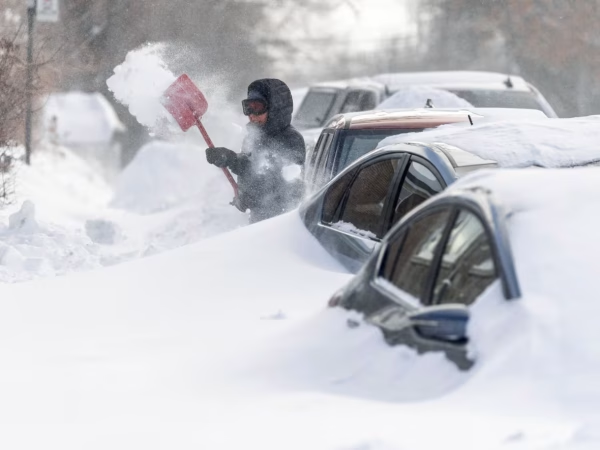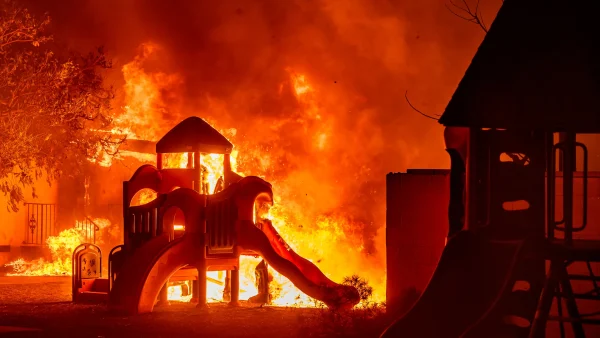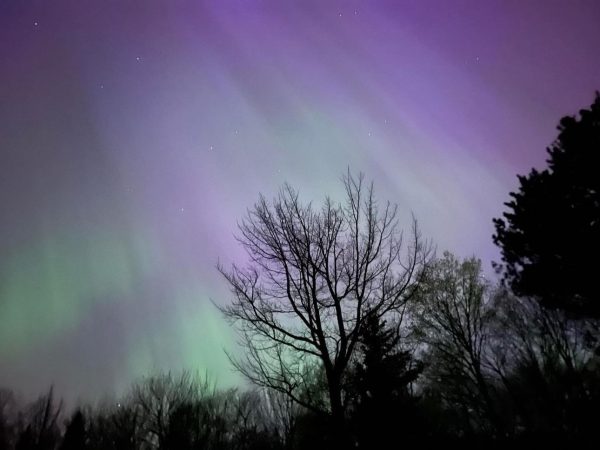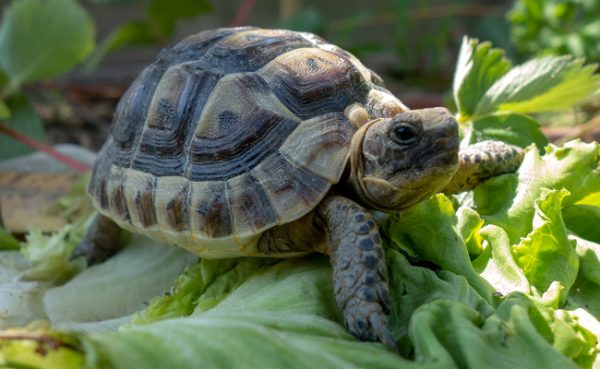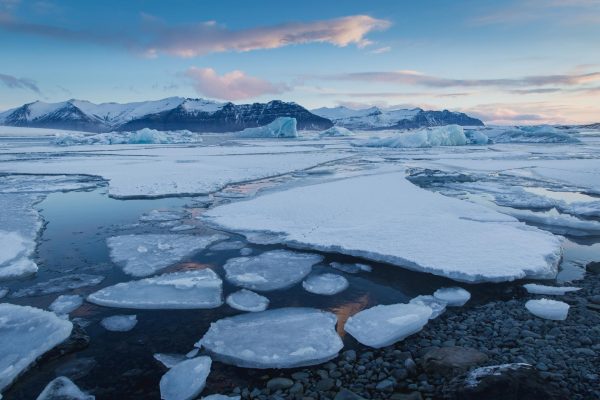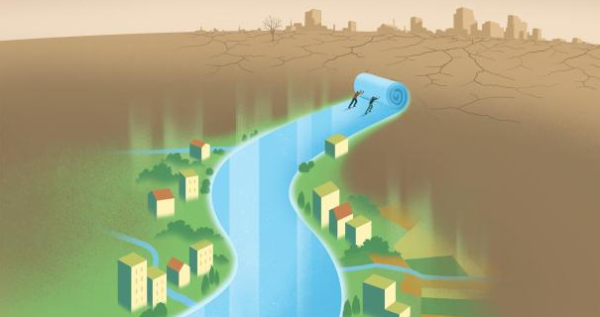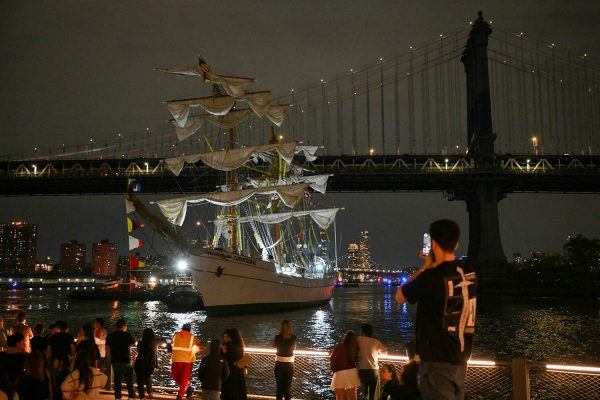The True Cost of Christmas
Christmas occurs in about 160 countries around the world. That means that there have been a lot of people celebrating it every year for the past two millennia. There must be an impact on the environment.
At first, this holiday is religious and about celebrating the anniversary of the famous spiritual leader, Jesus of Nazareth, for Christians. It has been more commercialized so traditions varies between those who celebrate it. In most of them, it’s about exchanging gifts, sharing meals with family and friends, decorating a Christmas tree, waiting for Santa Claus and some will go to church.
h Believe it or not, the principle of exchanging presents is more important and has a huge environmental impact.. Just in Canada, we estimated about 540 000 tonnes of wrapping paper used and 2.6 billion cards sent each holiday season. During the production,1 kg of paper generates 3.5kg of CO2 which means that the global carbon footprint is crucial. The environmental impact will vary with how much the paper is recycled.
The waste of food is another significant issue. Household waste can increase 25-30% more than the rest of the year. That means about 50 kg of garbage each Canadian tosses during the festive season.
Christmas trees also have consequences on the environment. There are a lot of debates over buying fake or real trees since both have an impact. The artificial ones contributes to the plastic pollution problems around the world with the gas emissions they produce. The good thing is that they can be used for years. The real one is biodegradable and has a lower carbon footprint, which is good, but the thing with natural trees is that you have to replace them each year.
There are many ways that you can use to reduce your consumption during Christmas time. You can simply wrap your gifts with an old newspaper or some piece of tissue that you don’t use anymore. You can also make more homemade presents. There are many other things you can do.


